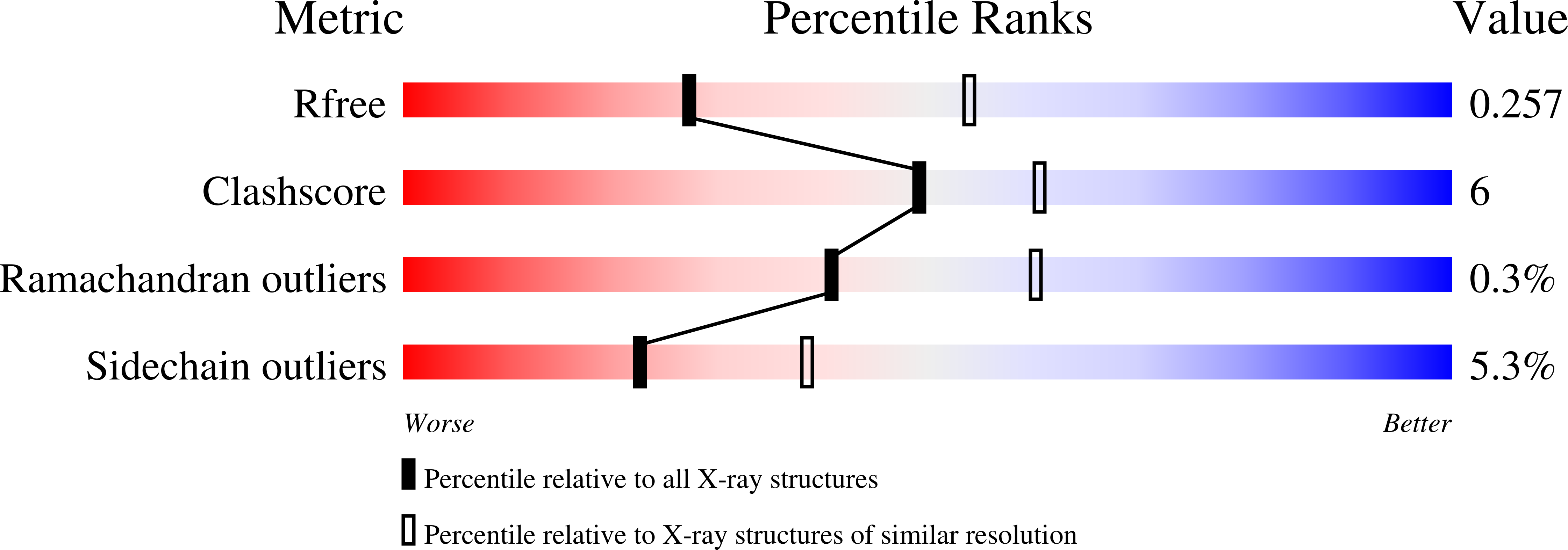
Deposition Date
2019-11-15
Release Date
2020-09-16
Last Version Date
2024-01-24
Entry Detail
PDB ID:
6TG8
Keywords:
Title:
Crystal structure of the Kelch domain in complex with 11 amino acid peptide (model of the ETGE loop)
Biological Source:
Source Organism:
Homo sapiens (Taxon ID: 9606)
Host Organism:
Method Details:
Experimental Method:
Resolution:
2.75 Å
R-Value Free:
0.25
R-Value Work:
0.18
Space Group:
P 31 2 1


